30 Reading Activities for Kids
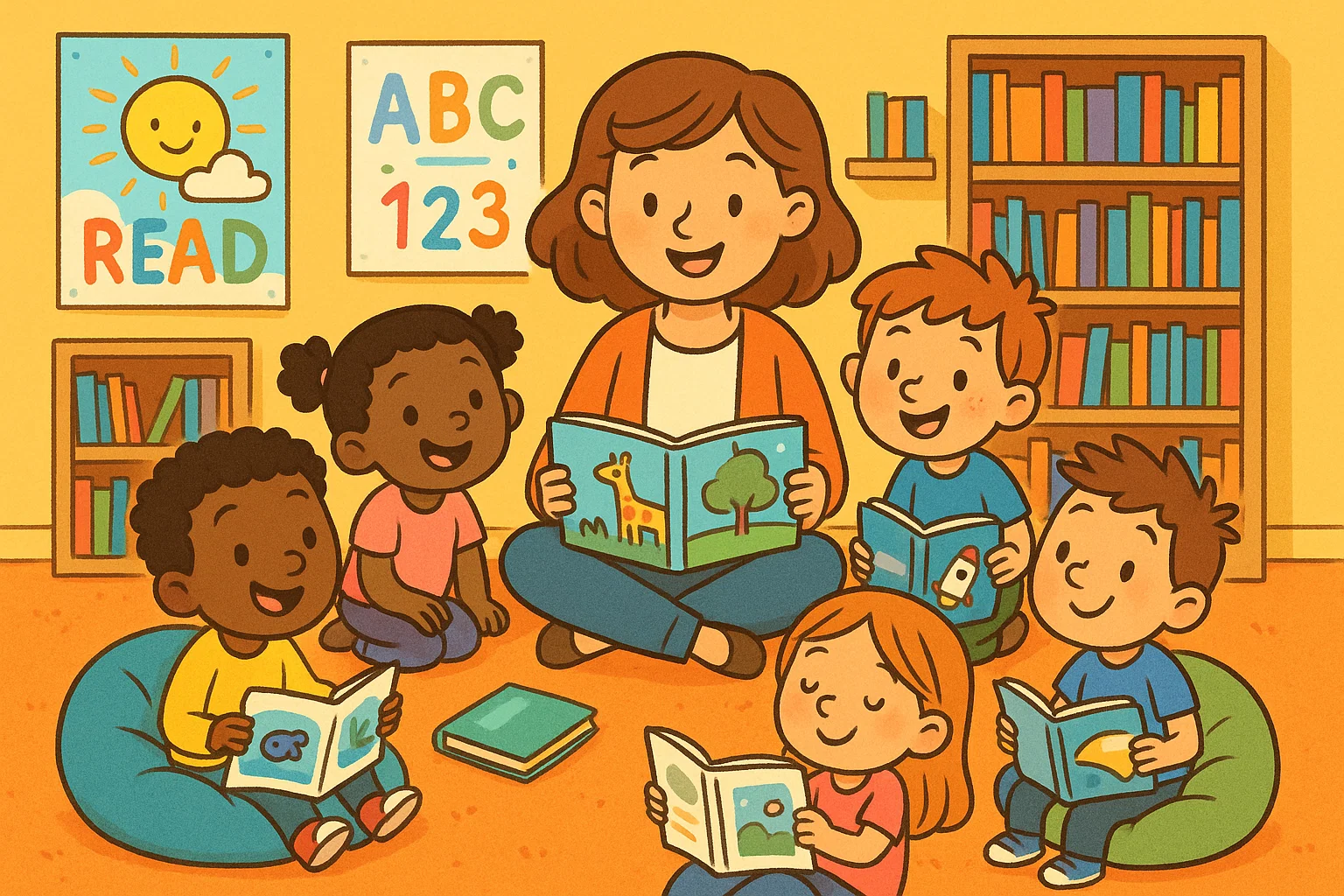
Reading is one of the most fundamental skills a child can learn. It’s the gateway to knowledge, imagination, and a deeper understanding of the world around us. But for many children, especially reluctant readers, the act of reading can feel like a chore rather than a joy. This is where reading activities come in. They transform the often-solitary task of reading into a fun, interactive, and engaging experience that helps children not only learn to read but also love to read.
This guide is designed for parents, caregivers, and teachers who want to inspire a lifelong love of reading in young learners. It’s packed with practical, easy-to-implement ideas for various age groups and settings, from the classroom to the comfort of your home. By incorporating these learning activities, we can help children develop essential literacy skills, improve reading comprehension, and build the confidence they need to become strong, independent readers.
What are Reading Activities?
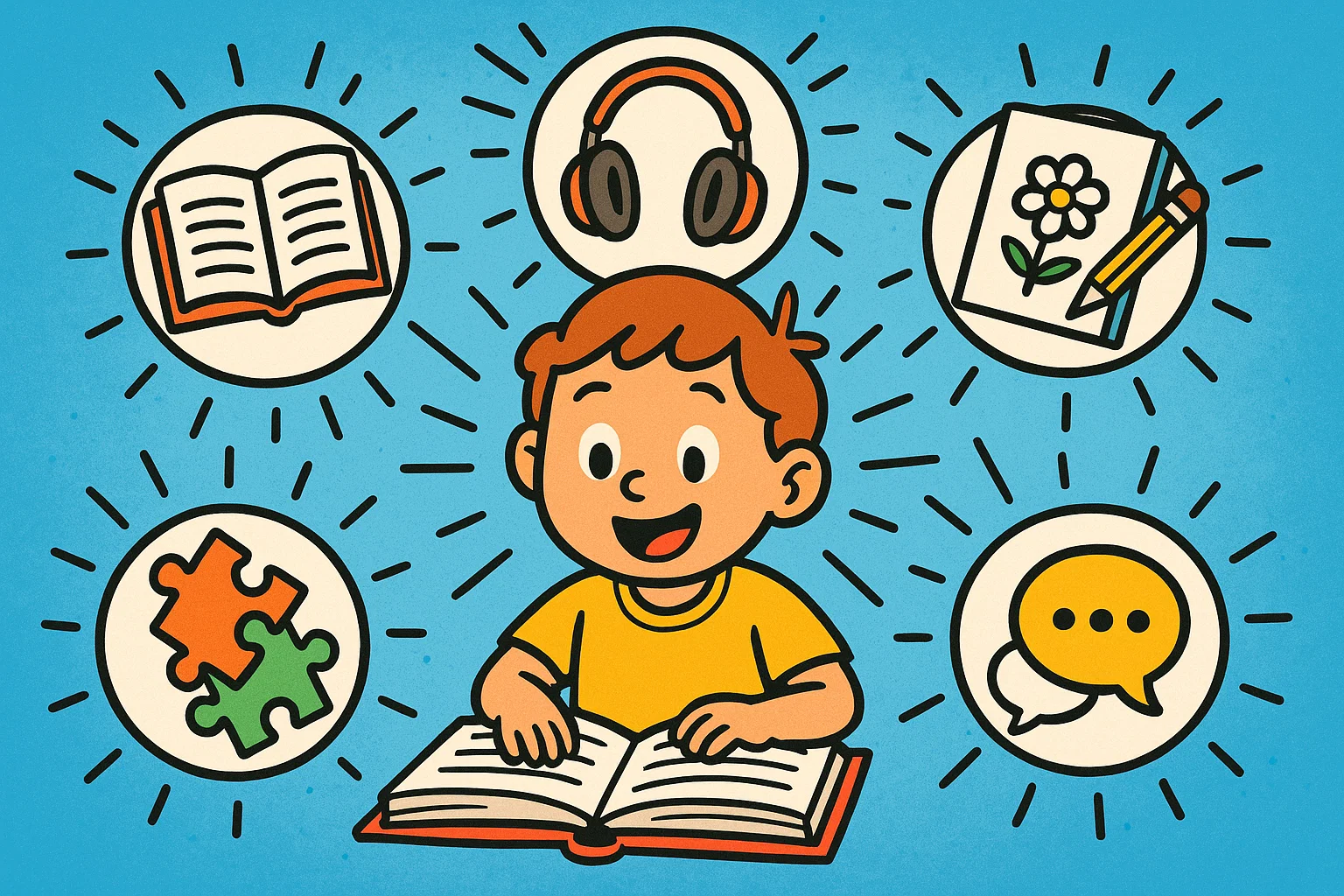
Reading activities are any interactive and playful exercises designed to make the process of learning and understanding a text more enjoyable and effective. Unlike traditional, often passive, methods like simply reading through a book, these activities encourage children to become active participants in the process. The aim of these activities is to move beyond just decoding words and to help children engage with the content on a deeper level.
These activities can take many forms, from simple word games to elaborate role-playing scenarios. They work because they tap into a child’s natural curiosity and desire to play. Instead of a child being told what a word means, they might be asked to act it out or find clues to guess its meaning. This hands-on approach strengthens memory, improves skills, and builds a foundation for lifelong learning. A 2023 study by Tekman & Yeniasır published in Sustainability found that play-based learning environments significantly improved reading motivation, reduced anxiety, and enhanced comprehension skills among primary school students compared to traditional methods.
Activities to Try After Reading
The work isn’t over when the book is closed. Post-reading activities are crucial for developing comprehension skills and making sure the child has absorbed the story’s content.
Summarizing and Retelling
After finishing a book, ask your child to read and summarize the story in their own words. This is a powerful way to see if they understood the main ideas and sequence of events.
Creative Extensions (Draw or Act the Story)
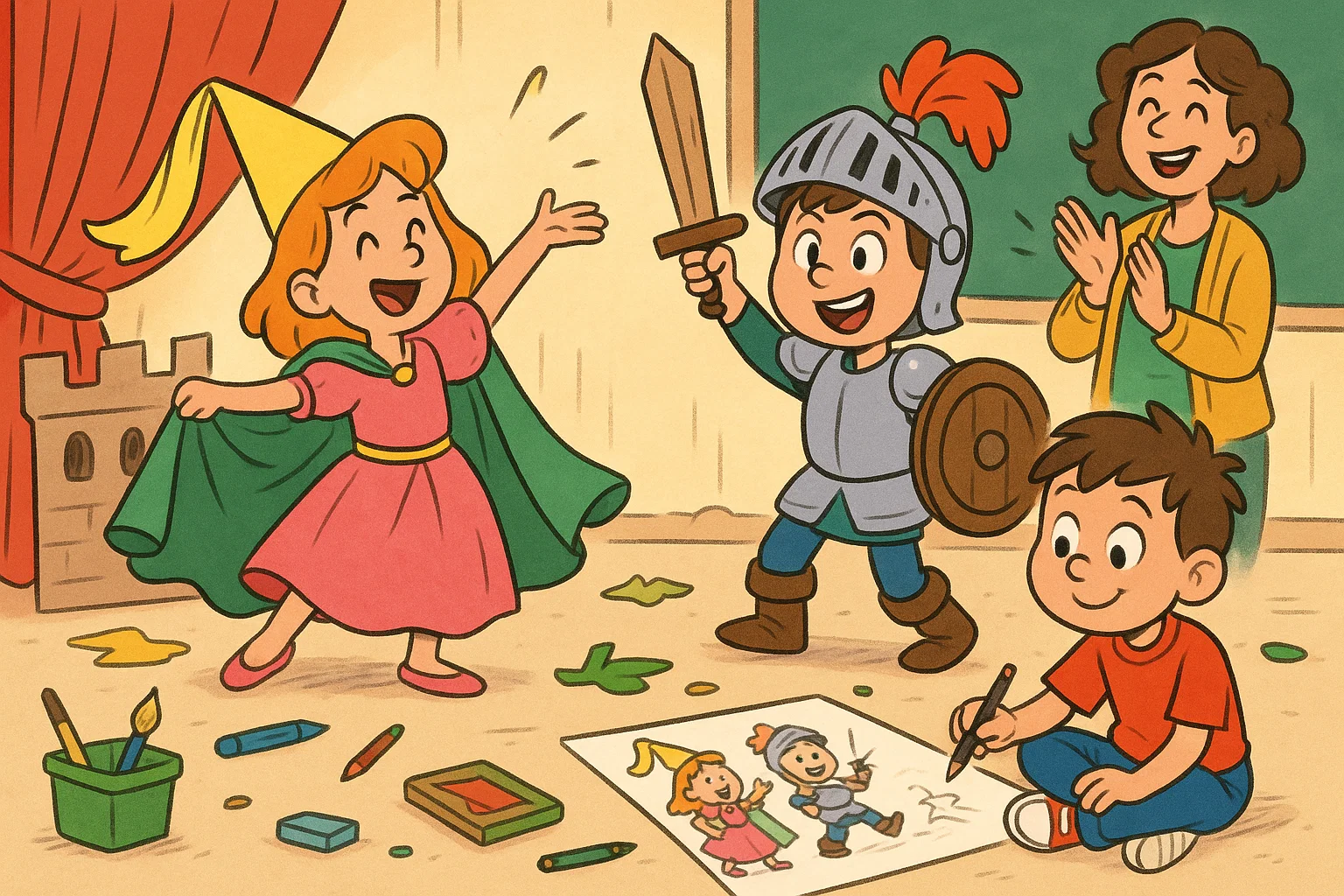
Encourage your child to draw a picture of their favorite scene or act out a part of the story. This helps them connect with the characters and plot on a deeper, more personal level.
Book Reviews and Reports
For older children, a simple book review can be a great way to practice structured writing and critical thinking. They can talk about what they liked, what they didn’t, and who they would recommend the book to.
Predicting What Happens Next
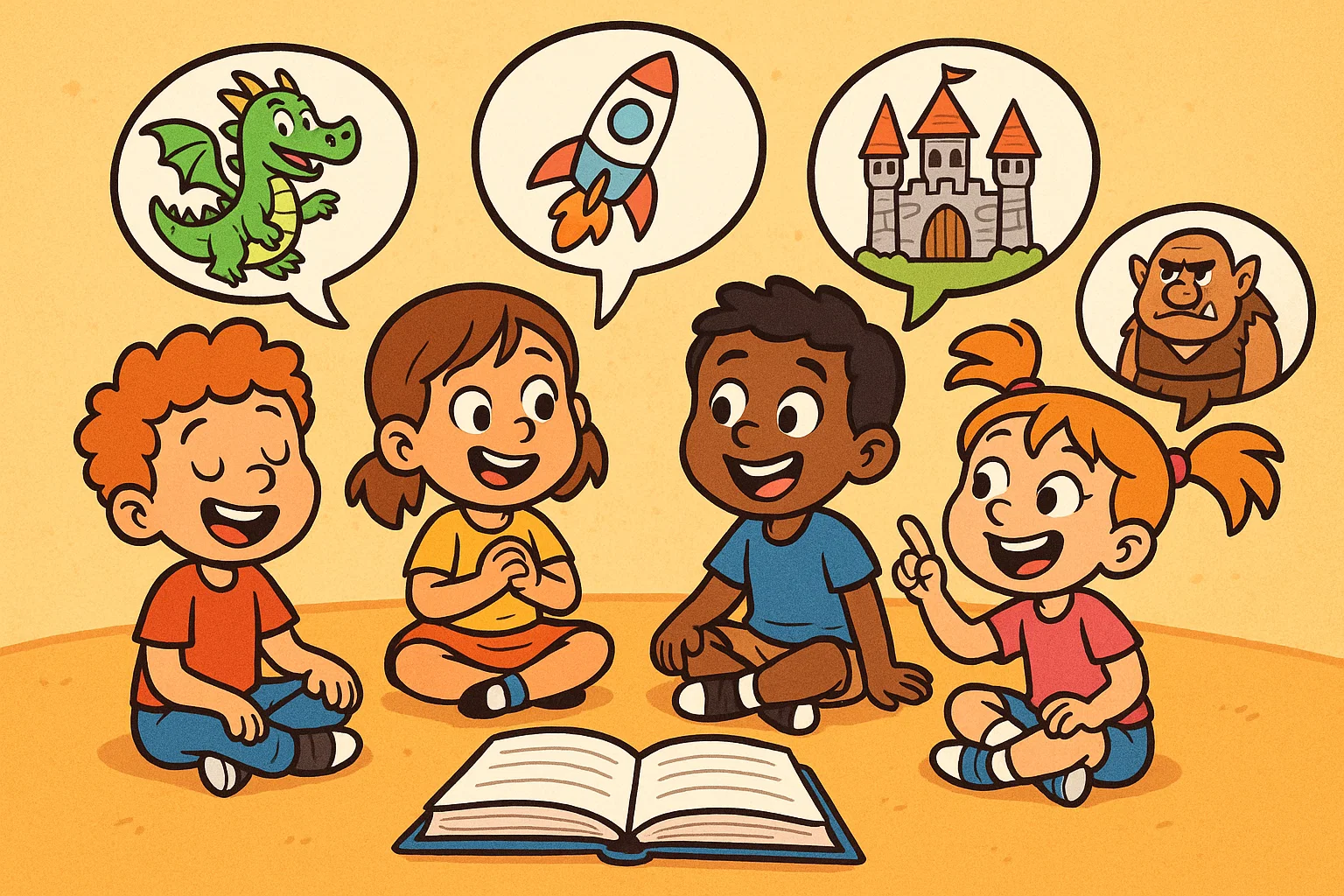
When going through a story with a cliffhanger ending, ask your child to predict the outcome. This helps with logical thinking and understanding plot structure.
Extend the Story Together
As a fun and engaging activity, brainstorm a new chapter or a sequel to the book. Work as a team to create a new adventure for the characters. This collaborative storytelling helps children develop creative and communication skills.
Reading Activities for Toddlers
It’s never too early to introduce the joy of reading. Even before they can read words, toddlers can engage with books in meaningful ways.
Bath Books and Waterproof Reading
Make bath time a reading time with waterproof books. This is a simple, no-pressure way for toddlers to get familiar with the idea of books.
Recognizing Letters and Sounds
Point out letters on signs, boxes, and books. Play simple rhyme games like “cat, hat, sat.” This introduces them to the basic building blocks of language.
Storytime with Dress-Up
Combine pretend play with an activity by letting your toddler pick a costume related to a character in a book.
Picture Walks Before Reading
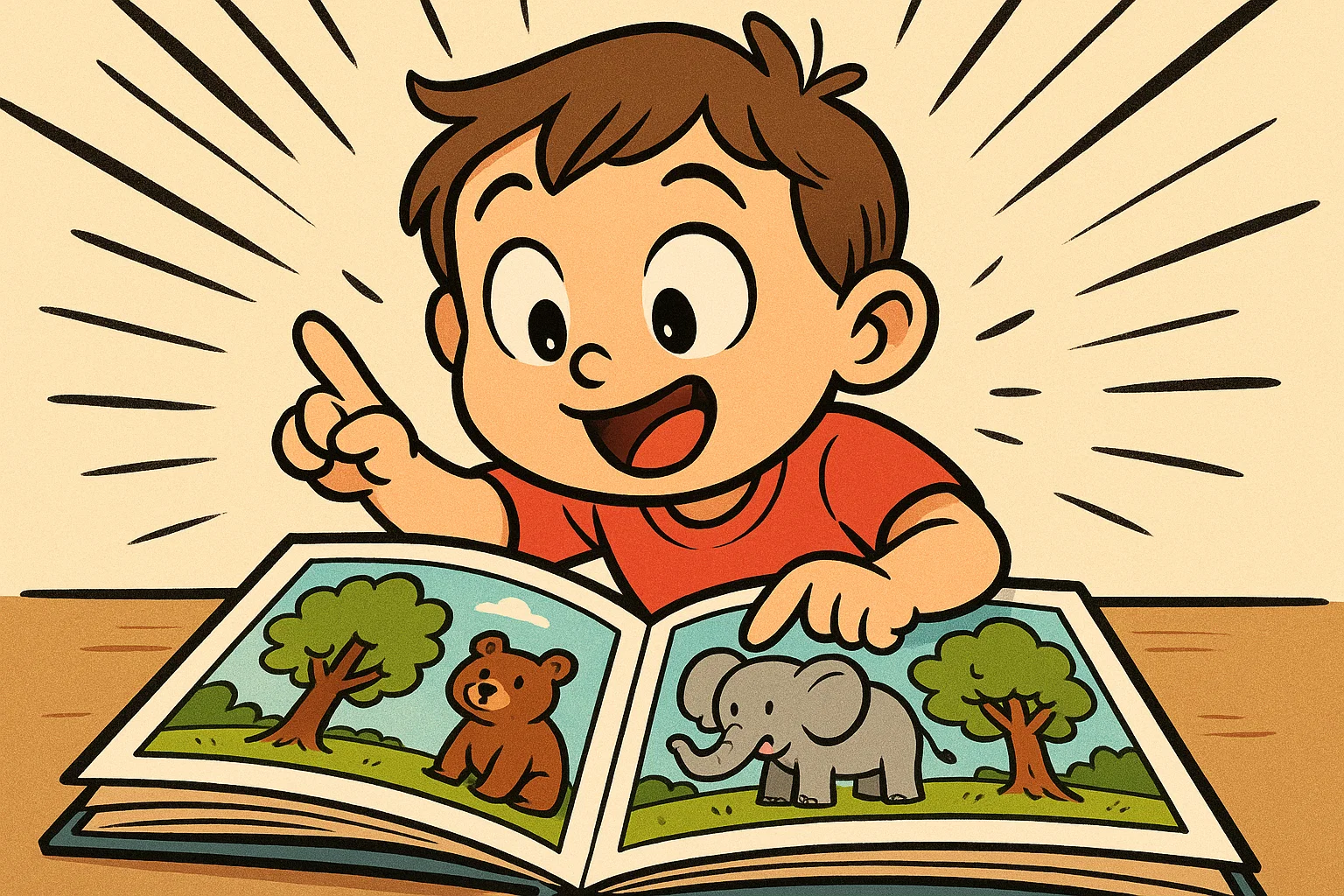
Before you go through the words on the page, go through the book and look at all the pictures. Ask your child what they see and what they think the story will be about. This helps them understand that pictures tell a story too.
TV Shows and Reading Links
If your toddler loves a show with a book tie-in, use it to your advantage! Watch a show like “Daniel Tiger” then engage with a book based on the episode. This connects a familiar activity to a new, valuable one.
Digital and Online Reading Activities
In today’s world, digital learning is an important part of a child’s education. These tools can be a fun supplement to traditional books.
Reading Apps and Interactive Websites
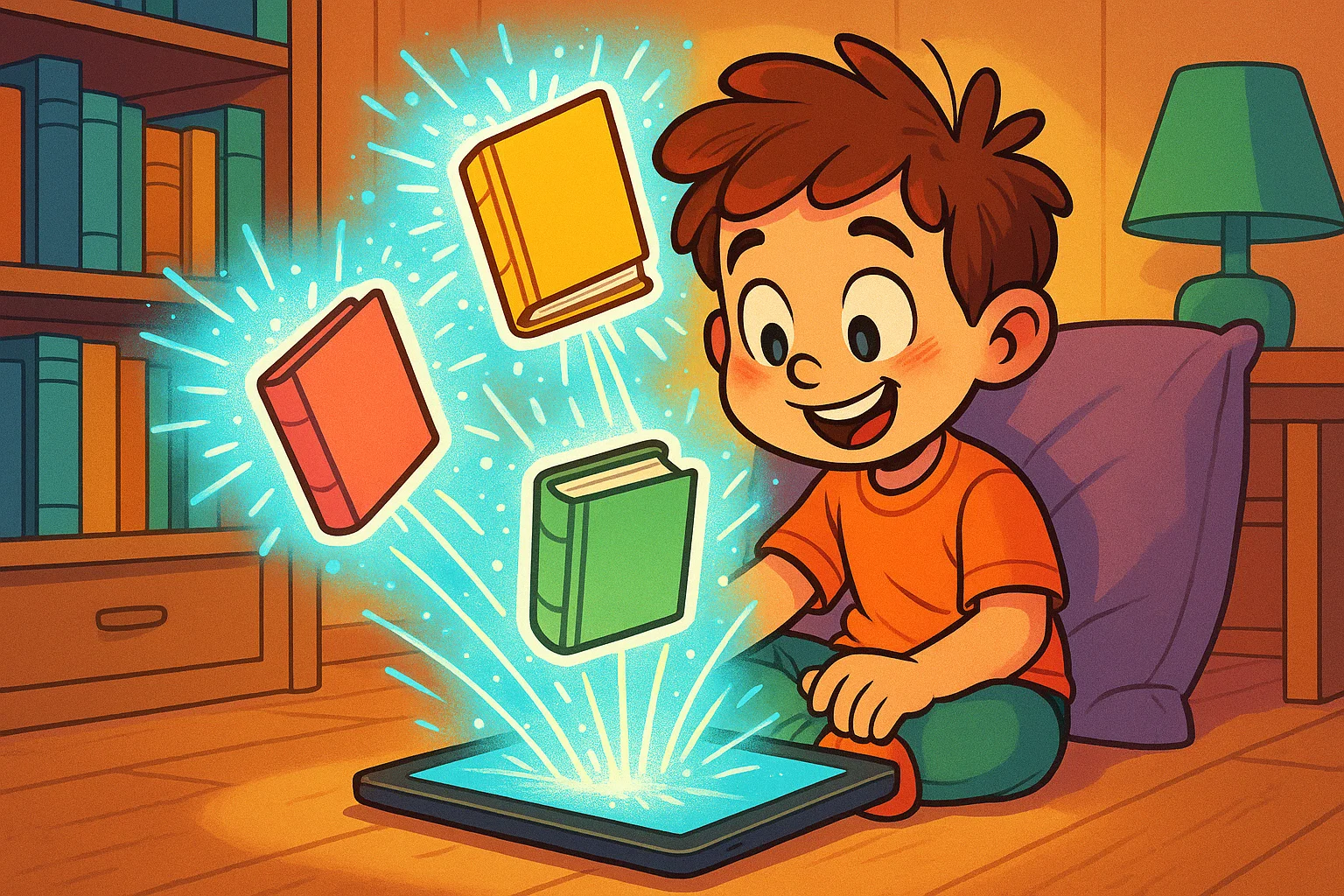
There are numerous apps designed to help children learn phonics and word recognition through playful games. Look for apps that adjust to your child’s reading level.
Vocabulary Bingo and Word Association Games
You can use online tools or create your own list of words from a book. Kids can play bingo by matching the words or their definitions. This makes learning a new word fun.
Online Story Creation Tools
Websites or apps that let children create their own stories and characters are a fantastic learning tool. This gives them the confidence to be both a reader and a writer.
Fun Reading Activities for the Classroom 📚
Teachers have a unique opportunity to make reading in primary school an exciting, collaborative experience. Here are some ideas that can be adapted for any classroom setting.
Storytelling with Class Participation
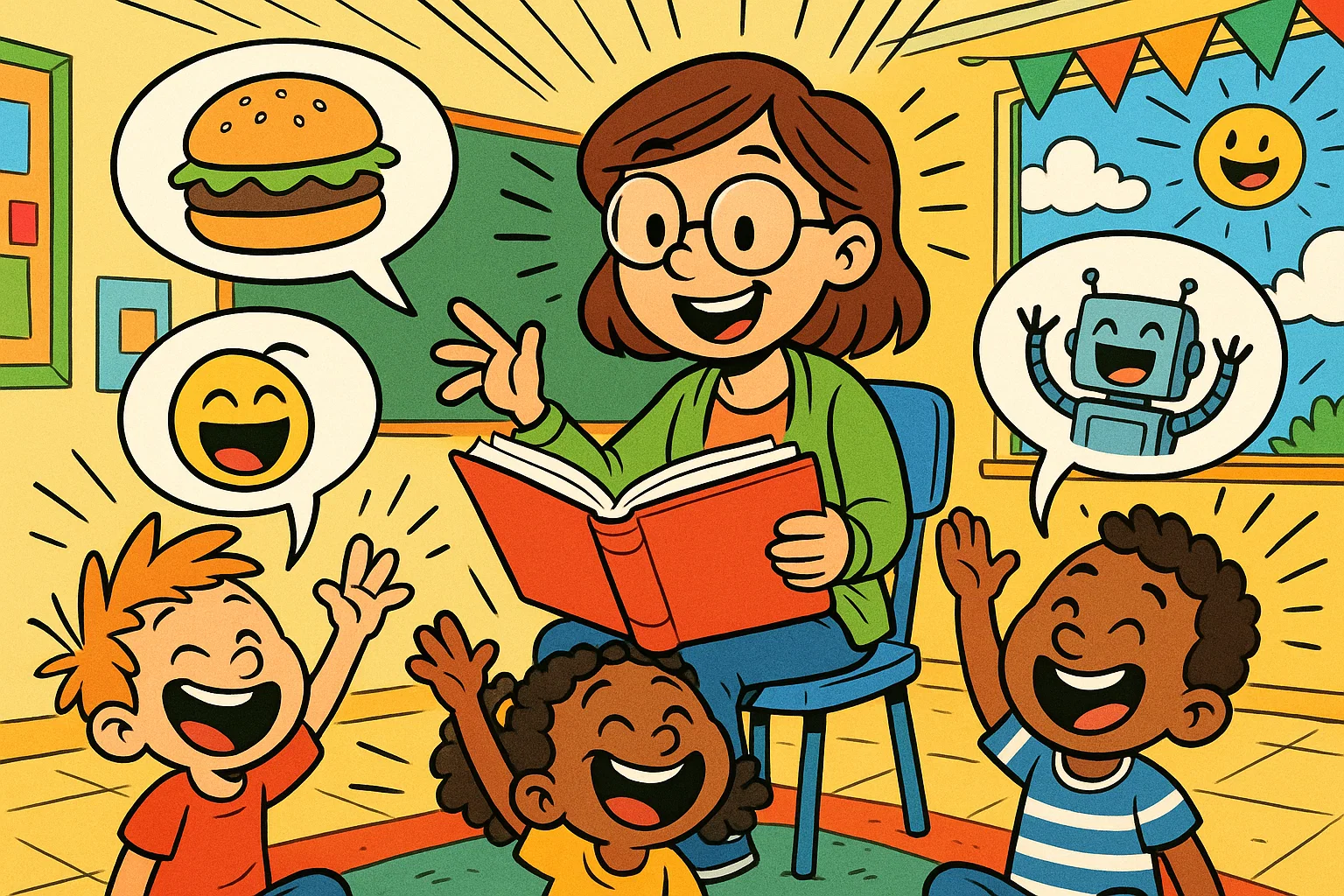
Start a story, then pause and ask your child to suggest what should happen next. This encourages creative thinking and makes students feel like part of the creative process. You can go around the room, with each student adding a sentence to keep the story going.
Partner and Shared Reading
Have students take turns reading to a peer. This builds confidence and provides a low-stakes environment for practice. For shared reading, the teacher can read a text aloud while students follow along, pointing out key words or phrases.
Reading Aloud with Roles
Assign different students to read the parts of various characters in a story. This is an enjoyable and interactive way for kids to practice expressive reading and fluency.
Word Games and Synonym Hunts
After going through a text, ask students to find a specific type of word, such as all the adjectives or words that start with a certain letter. You can also challenge them to find synonyms for a new word from the story.
Guided Reading Ball Games
This active method can be a fantastic way to engage students. The teacher reads a sentence, then tosses a soft ball to a student who has to repeat a key phrase or answer a question about what was just read. This is a great way for kids to improve recall and listening skills.
Reading Activities for Parents and Children
The most impactful literacy development happens at home. Parents can use everyday moments to foster a joy of reading and help your child build lifelong reading habits.
Daily Reading Together
Establish a daily routine of reading aloud. Even 15-20 minutes a day can make a significant difference. It’s a wonderful way for children to love bonding with parents and seeing this activity as a regular, enjoyable part of their day.
Silly Voices and Expressive Reading
Don’t be afraid to be dramatic! Using silly voices for different characters makes the story come alive and helps children understand the nuances of a story read aloud.
Creating a Book Nook or Reading Space
Designate a cozy, special spot in your home with comfortable cushions and a great light source. A dedicated area sends the message that the act of reading is a valued activity.
Using Audiobooks and Digital Tools
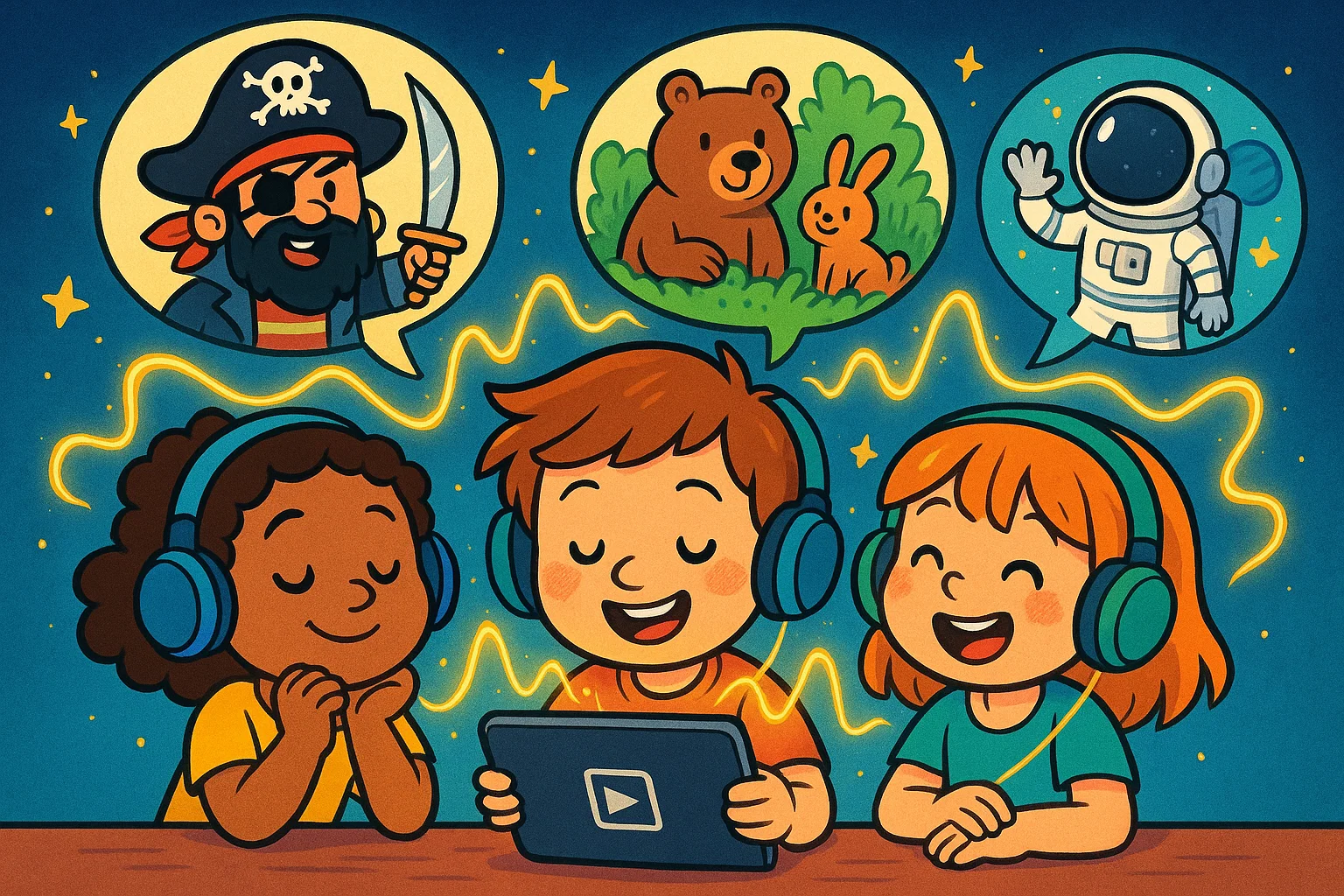
Technology can be a great complement. Audiobooks are a fantastic way for children to enjoy a story while doing other activities. There are also many educational apps that can reinforce word recognition and phonics.
Library Visits and Book Clubs
Make regular trips to the library a special outing. Let your child choose their own books. For older children, starting a small book club with their friends can make it a social and exciting activity.
Key Benefits of Reading Activities
Engaging in fun reading activities offers a multitude of benefits that extend far beyond simply learning to read. These activities are a powerful way to enhance a child’s overall cognitive and emotional development.
- Improved Vocabulary: Activities like a word search or “find the synonym” games expose children to a list of words in a low-pressure environment, helping them build their vocabulary naturally.
- Better Concentration: Interactive tasks require sustained attention, which helps children build the focus needed for more complex material.
- Stronger Memory: When children interact with a story by drawing it or acting it out, they create multiple mental connections, making it easier to recall details and the main ideas.
- Enhanced Imagination: Creative activities like “what’s going to happen next” or creating a new ending encourage children to think imaginatively and critically about the stories they consume.
The Role of Reading in Early Learning
Reading is not just about books; it’s about building the foundation for all academic and social success. Early reading skills are a strong predictor of future academic achievement across all subjects, not just language arts. According to the National Reading Panel report (2000), systematic instruction in phonemic awareness, phonics, vocabulary, fluency, and comprehension provides the strongest foundation for literacy development
How Reading Activities Help Kids Embrace Learning
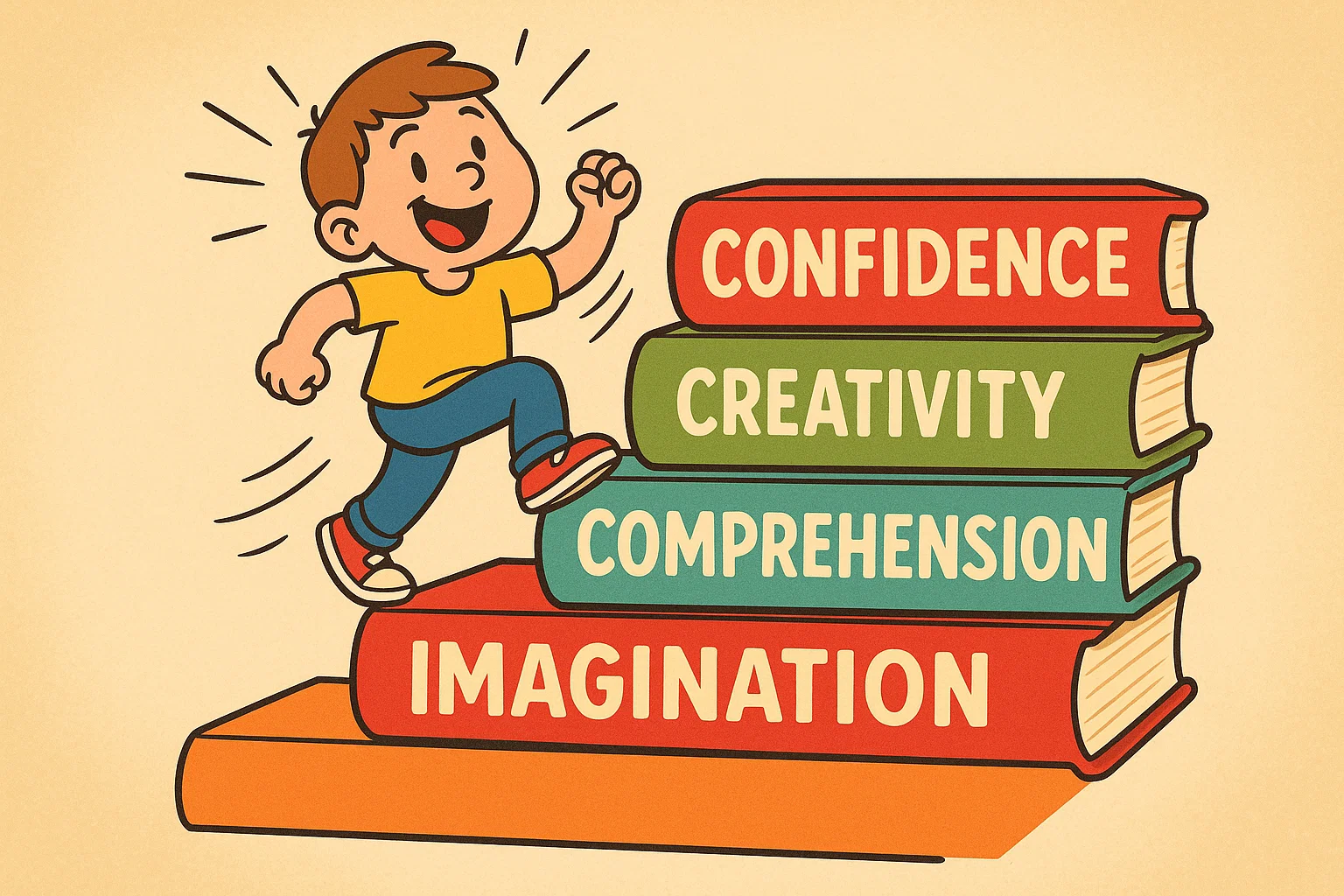
The ultimate goal of these activities help is to instill a desire to read and a love of learning that lasts a lifetime. Reading is more than just a skill—it is a way of interacting with the world.
Building Confidence and Independence
When children find success with a fun activity, it gives them the confidence to tackle more challenging tasks. Each new word they learn or story they summarize is a small victory that builds momentum.
Improving Comprehension and Critical Thinking
By engaging in active reading activities like summarizing the story or answering true-or-false questions, children learn to analyze information, draw conclusions, and think critically.
Encouraging Collaboration and Communication
Many of these activities encourage children to work as a team, discuss ideas, and communicate their thoughts. These are crucial social and emotional skills that will serve them well throughout their lives.
Conclusion
Whether you’re a parent, a teacher, or a caregiver, you have the power to make learning to read an incredible adventure. The secret is to shift the focus from a task to a tool for exploration and fun. By incorporating interactive activities into your daily routine, you can encourage your child to open up a book and enter a new world of reading. These activities don’t just support reading and language development—they prepare them for a life filled with curiosity, creativity, and a lifelong enjoyment of reading.
FAQs
What are the big 5 reading activities?
The “Big Five” refer to the five essential components of a successful reading program:
- Phonemic Awareness: The ability to hear and manipulate individual sounds in spoken words.
- Phonics: The relationship between letters and sounds.
- Fluency: The ability to read accurately and with appropriate speed and expression.
- Vocabulary: Knowledge of word meanings.
- Comprehension: The ability to understand what is being read.
What are the types of reading activities?
Reading activities can be categorized into three main types based on when they are performed:
- Pre-Reading: Activities done before engaging with a text (e.g., picture walks, predicting the story based on the title).
- During Reading: Activities that happen while going through a text (e.g., silly voices, pointing to words, asking questions about the text).
- Post-Reading: Activities done after a text is completed (e.g., retelling the story, drawing a picture, writing a book review).
What are 5 basic reading skills?
The five basic skills are often considered the “Big Five” of reading instruction: phonics, phonemic awareness, fluency, vocabulary, and comprehension skills. They form the core of effective literacy instruction.
What is the best reading method?
There is no single “best” method, as the most effective approach often combines elements from different strategies. The most common debate is between phonics-based and whole-language approaches. Most experts agree that a balanced approach, which teaches phonics explicitly while also incorporating rich, meaningful engagement with full texts, is the most effective way for kids to learn.
What is the role of parents in guiding reading?
Parents play a critical role in a child’s journey by creating a supportive and encouraging environment. Their key roles include:
- Modeling behavior: Letting their child see them read for pleasure.
- Making it fun: Keeping the process light and enjoyable and interactive.
- Providing support: Reading with their child, not just to them.
- Encouraging choice: Allowing children to choose books they are genuinely interested in.
- Having patience: Recognizing that learning is a process with ups and downs.
